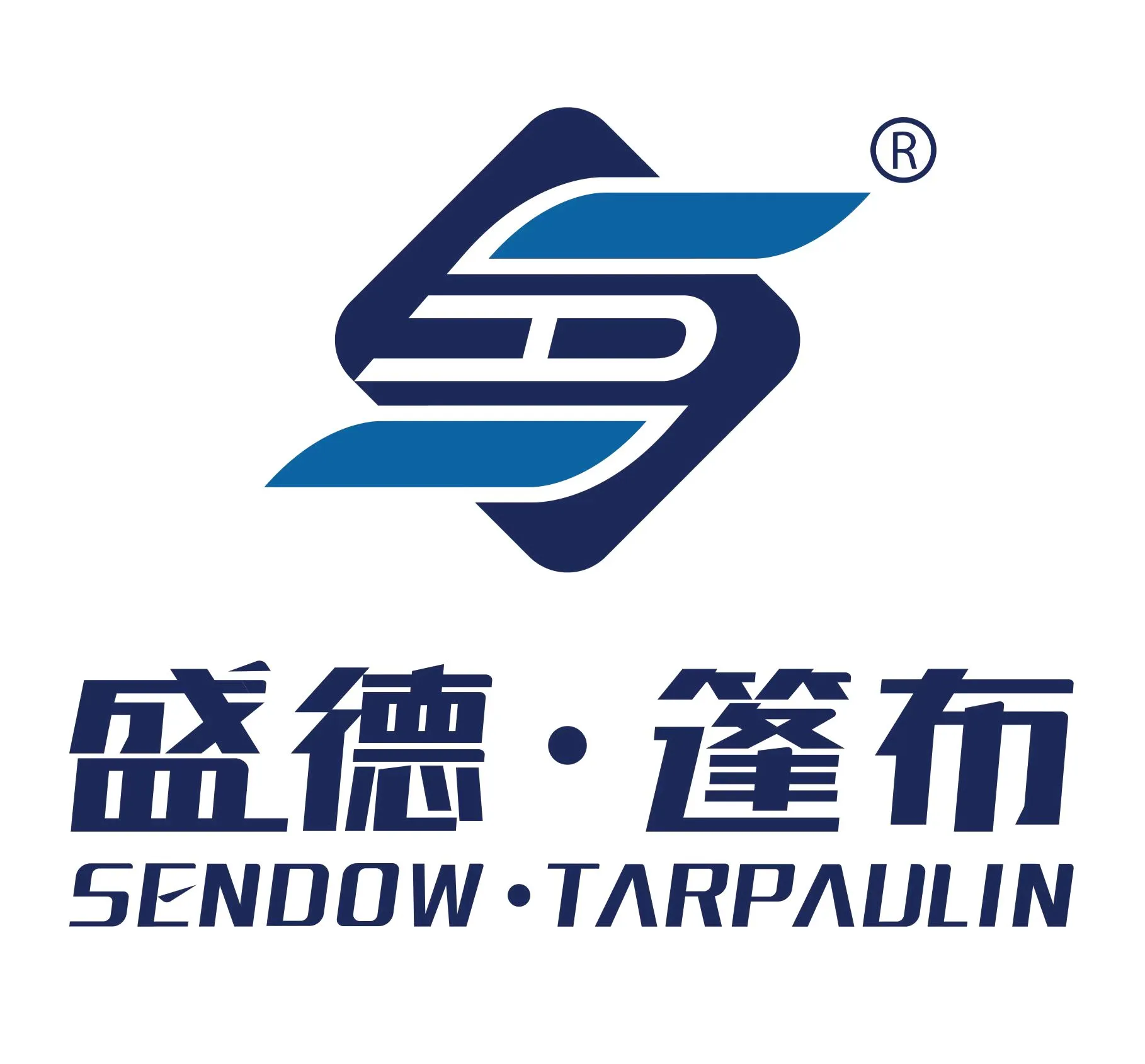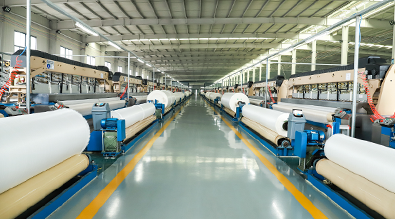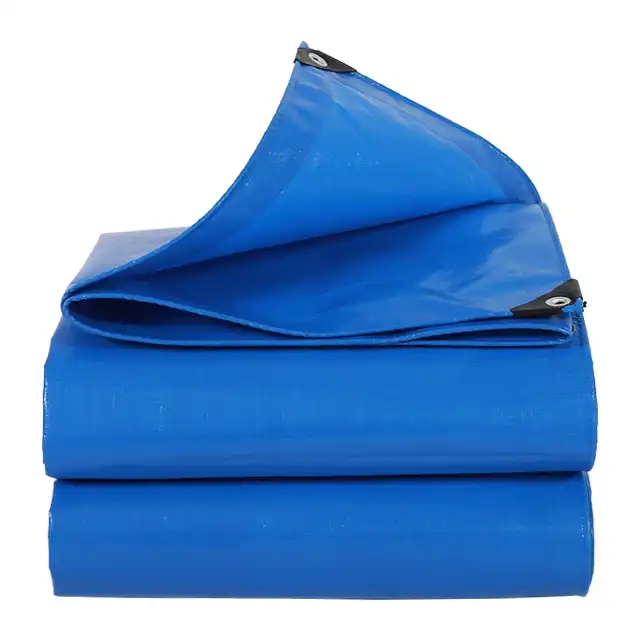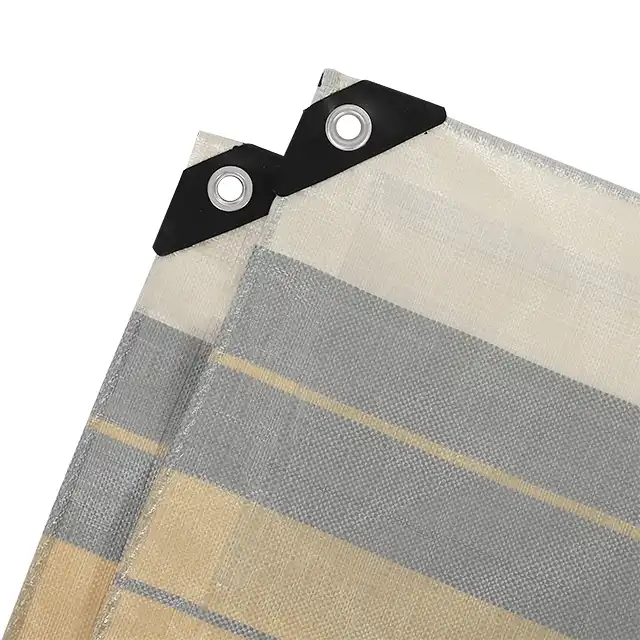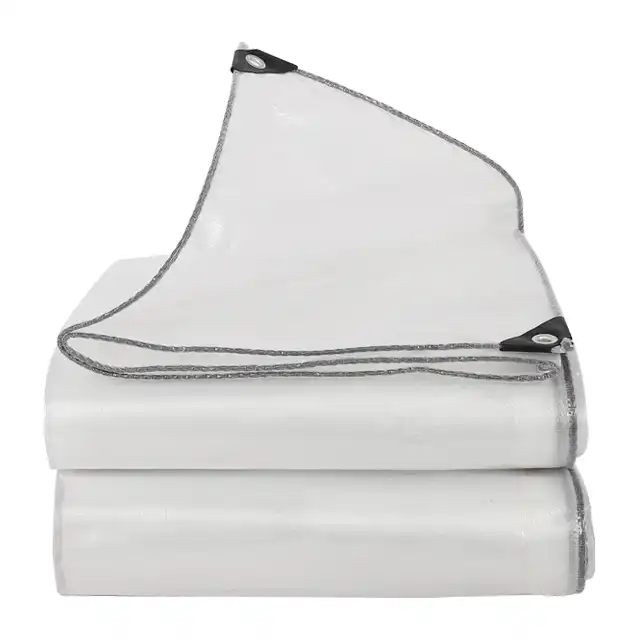What the Difference Between Cut Size and Finished Size of Tarpaulin?
Understanding the nuanced world of PE tarpaulin sizing is crucial for professionals and consumers alike. The distinction between cut size and finished size represents a critical aspect of tarpaulin manufacturing that directly impacts product quality, functionality, and application. Cut size refers to the initial dimensions of the tarpaulin material before final processing, while finished size represents the exact, precise measurements after complete manufacturing and treatment processes.
Understanding the Fundamentals of Tarpaulin Sizing
The Science of Precise Measurements in PE Tarpaulin Production
 PE tarpaulin manufacturing is a complex process that demands exceptional precision and technical expertise. Linyi Shengde Plastic Co., Ltd., a leading enterprise in the Chinese PE tarpaulin field, utilizes advanced technological capabilities to ensure unparalleled accuracy in sizing. With over 30 high-tech extruding machines and more than 400 Korea-imported automatic water-jet looms, the company can produce fabric widths ranging from 1.5m to 5m without joint interruptions. The measurement process begins with yarn extrusion, where specialized machines create polyethylene yarns with thickness variations from 400D to 2500D. These precise specifications are critical in determining the final dimensional characteristics of the tarpaulin. The company's sophisticated production lines, including 5 coating machines and 7 heat-sealing units, enable meticulous control over the transformation from cut size to finished size.
PE tarpaulin manufacturing is a complex process that demands exceptional precision and technical expertise. Linyi Shengde Plastic Co., Ltd., a leading enterprise in the Chinese PE tarpaulin field, utilizes advanced technological capabilities to ensure unparalleled accuracy in sizing. With over 30 high-tech extruding machines and more than 400 Korea-imported automatic water-jet looms, the company can produce fabric widths ranging from 1.5m to 5m without joint interruptions. The measurement process begins with yarn extrusion, where specialized machines create polyethylene yarns with thickness variations from 400D to 2500D. These precise specifications are critical in determining the final dimensional characteristics of the tarpaulin. The company's sophisticated production lines, including 5 coating machines and 7 heat-sealing units, enable meticulous control over the transformation from cut size to finished size.
Technological Innovations in Size Standardization
Modern PE tarpaulin manufacturing leverages cutting-edge technologies to minimize size discrepancies. Advanced water-jet looms, particularly those with 4.25m width capabilities, play a pivotal role in maintaining dimensional integrity. The coating process, monitored by professional technicians, ensures that the final product meets exact specifications. Linyi Shengde's production approach incorporates multiple quality checkpoints, allowing for microscopic adjustments during manufacturing. Their ability to produce over 100 tons of tarpaulin sheets daily demonstrates both scale and precision. The company's commitment to quality is further validated by their ISO 9001:2015 certification, which mandates stringent measurement protocols.
Material Composition and Its Impact on Size Consistency
The composition of PE tarpaulin significantly influences its sizing characteristics. Utilizing a combination of HDPE woven fabric and LDPE coating, manufacturers can achieve remarkable dimensional stability. Typical PE tarpaulins from Linyi Shengde range from 65gsm to 280gsm, with thickness variations between 0.1mm and 0.2mm. These material specifications directly relate to size consistency. The weave count (ranging from 10x10 to 14x14) and coating process determine the tarpaulin's final dimensional characteristics. Factors such as UV treatment (1-7%), fabric tension during production, and heat-sealing techniques all contribute to maintaining precise finished sizes.
of HDPE woven fabric and LDPE coating, manufacturers can achieve remarkable dimensional stability. Typical PE tarpaulins from Linyi Shengde range from 65gsm to 280gsm, with thickness variations between 0.1mm and 0.2mm. These material specifications directly relate to size consistency. The weave count (ranging from 10x10 to 14x14) and coating process determine the tarpaulin's final dimensional characteristics. Factors such as UV treatment (1-7%), fabric tension during production, and heat-sealing techniques all contribute to maintaining precise finished sizes.
Critical Considerations in Tarpaulin Size Selection
Application-Specific Size Requirements
Different applications demand specific size considerations for PE tarpaulins. Whether utilized for truck covers, greenhouse fabrics, aquaculture tarps, or construction site protection, each use case requires meticulous size selection. Linyi Shengde's product range accommodates diverse needs, offering customizable sizes upon request. The company's extensive product portfolio demonstrates remarkable versatility. Their tarpaulins serve multiple sectors, including packaging materials, wood covering, goods protection, and temporary shelter solutions. This diversity necessitates a nuanced approach to sizing, where cut and finished dimensions must align perfectly with intended applications.
Quality Control in Size Determination
Rigorous quality control processes are paramount in bridging the gap between cut and finished sizes. Linyi Shengde employs advanced testing equipment and a comprehensive monitoring system that tracks every production stage. Their professional technicians ensure that dimensional variations are minimized, maintaining tolerances that meet international standards. The company's quality management approach involves multiple verification points, from initial yarn extrusion to final product processing. This meticulous methodology guarantees that the finished tarpaulin precisely matches the intended specifications, with minimal deviation from the original cut size.
Customization and Flexibility in Tarpaulin Sizing
Modern PE tarpaulin manufacturers recognize the importance of flexibility in sizing. Linyi Shengde's research and development team specializes in product customization, capable of developing specialized sizes and configurations to meet unique customer requirements. Their technological capabilities include producing ultra-wide width tarpaulins, with maximum roll widths reaching 5.1m. This flexibility allows for tailored solutions across various industries, from agricultural protection to industrial coverings. The ability to customize both cut and finished sizes demonstrates the advanced manufacturing capabilities of leading tarpaulin producers.
Comprehensive Performance Characteristics
Durability and Dimensional Stability
PE tarpaulins from top manufacturers like Linyi Shengde are engineered for exceptional performance. These products offer 100% waterproofing, remarkable tear resistance, and UV protection. The dimensional stability remains consistent across various environmental conditions, ensuring reliable performance in diverse applications. The material's arctic flexibility and anti-corrosion properties further enhance its dimensional integrity. Whether used in extreme temperatures or challenging environments, these tarpaulins maintain their specified sizes and structural characteristics.
Technological Advancements in Size Precision
Continuous research and development drive improvements in sizing technologies. Linyi Shengde's R&D team has successfully developed advanced techniques for creating wider tarpaulin products, implementing fire prevention and enhanced waterproofing functionalities. These technological breakthroughs not only improve product performance but also enable more precise size control. The integration of sophisticated measurement technologies ensures that cut and finished sizes align with the most demanding specifications.
Global Standards and Size Compliance
International markets demand strict adherence to size specifications. Manufacturers like Linyi Shengde have invested significantly in meeting global quality standards, ensuring their PE tarpaulins comply with diverse international requirements. The company's export history, spanning over 30 countries, underscores their commitment to maintaining consistent, reliable sizing across different markets and applications.
Conclusion
Understanding the intricate relationship between cut and finished sizes is fundamental to selecting the right PE tarpaulin. Precision, technological innovation, and comprehensive quality control converge to deliver products that meet the most exacting standards. Interested in exploring custom PE tarpaulin solutions? Contact Linyi Shengde Plastic Co., Ltd. directly at info@shengdetarp.com. Our expert team is ready to help you find the perfect tarpaulin solution for your specific needs.
1. Johnson, M. (2020). Industrial Textile Manufacturing Techniques. Cambridge Press.
2. Rodriguez, S. (2019). Polyethylene Materials in Modern Engineering. Springer Publications.
3. Thompson, R. (2018). Advanced Polymer Science and Application. Wiley Technical Review.
4. Chen, L. (2021). Quality Control in Textile Production. Academic Press.
5. Williams, J. (2017). Industrial Coating Technologies. Marcel Dekker Publishers.
6. Zhang, H. (2022). Innovations in Synthetic Fabric Manufacturing. Technical Research Journal.
